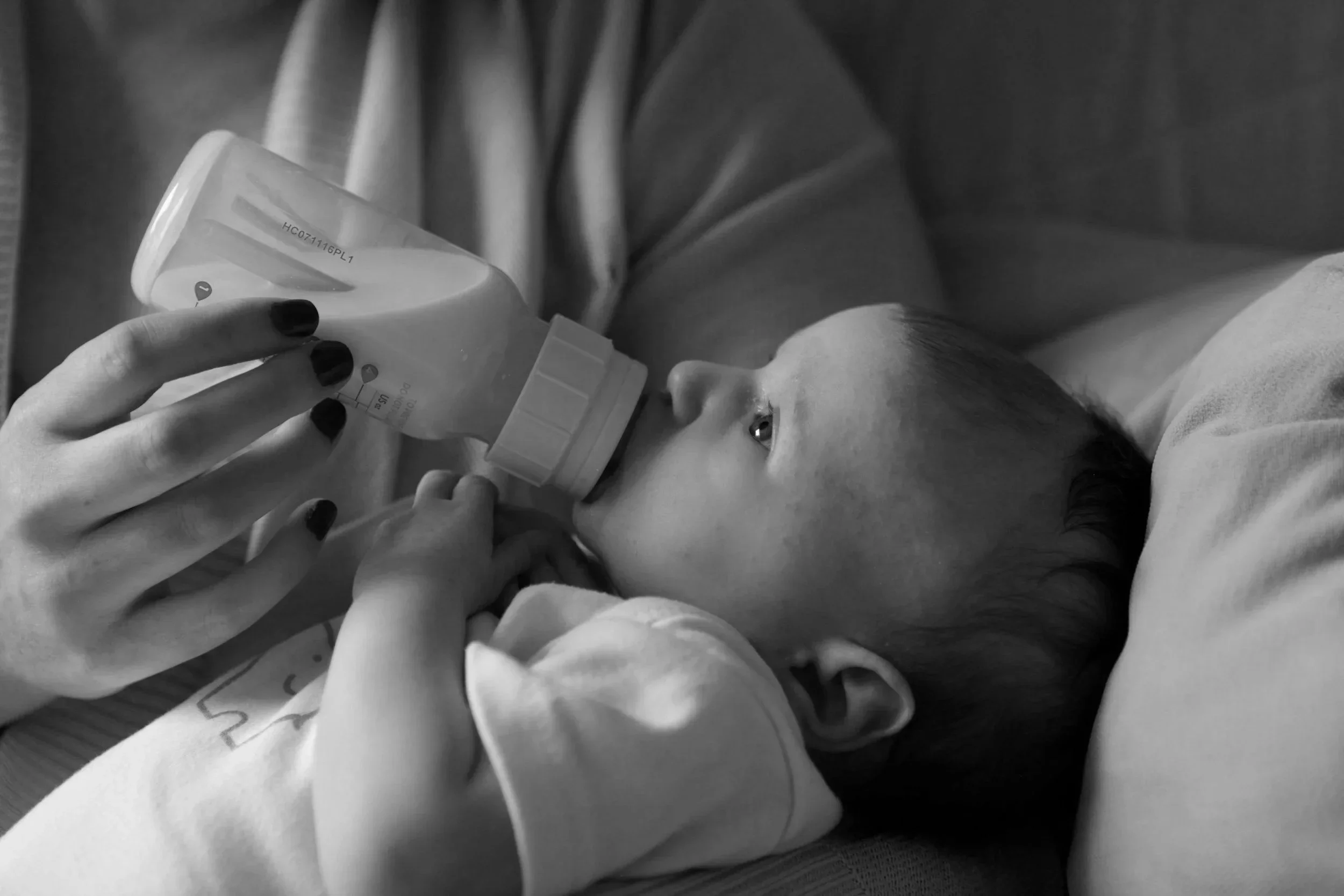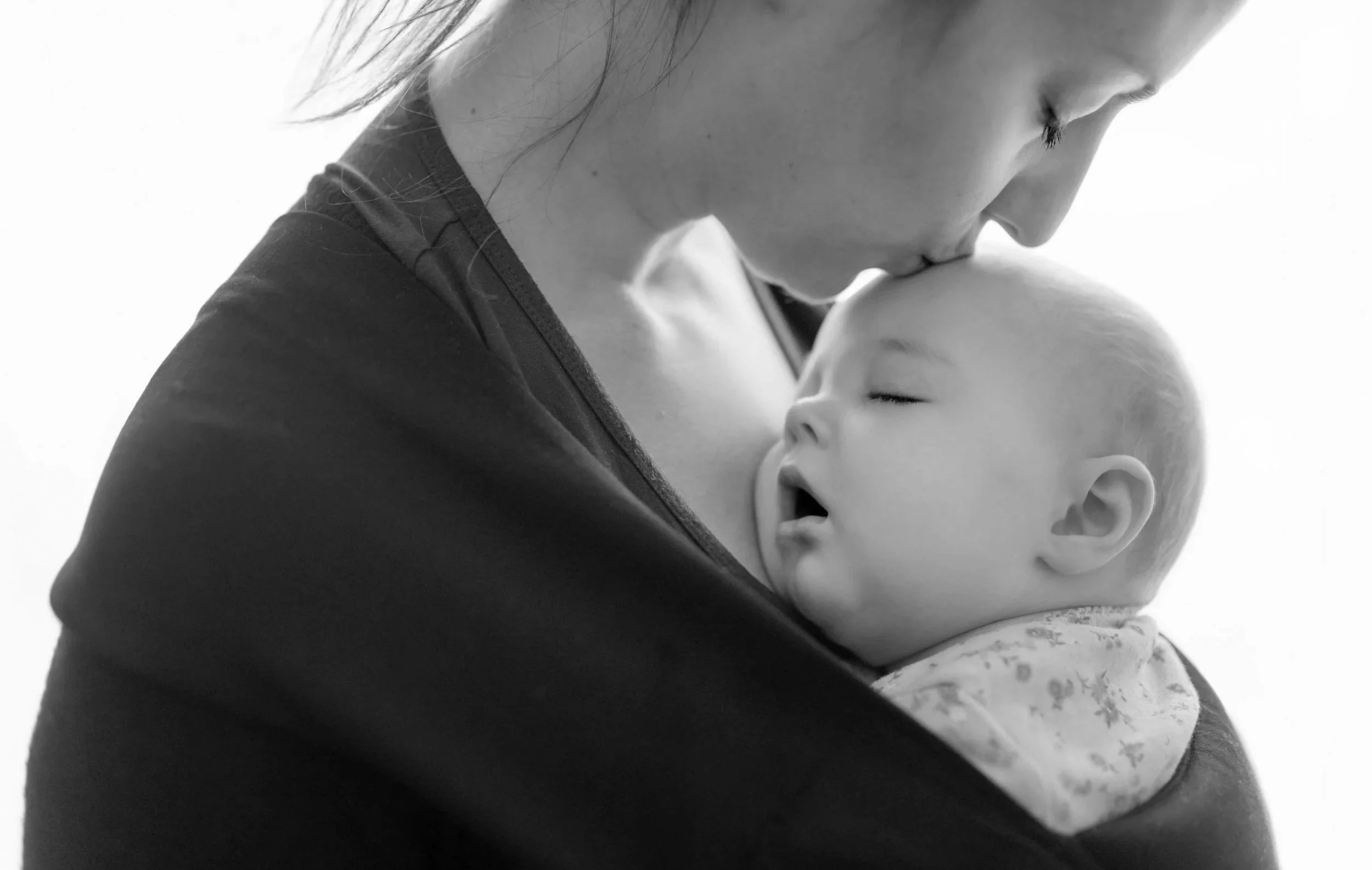
SCIENCE
IN PLAIN ENGLISH
We collect the latest data from scientists who study the impacts of prenatal substance exposure. Below you will find easy to read explanations, along with links to the published articles.
Search Topics Below:
NOTE: We recognize that for some women, using methadone or buprenorphine during pregnancy may be the best option for managing opioid use disorder. At the same time, we acknowledge that exposing a fetus to any opioid, including methadone and buprenorphine, carries risks. The information presented on this website is intended to provide insight and does not seek to support or discourage the use of medications for opioid use disorder (MOUD). Our goal is to empower individuals with knowledge so they can make informed decisions in consultation with their healthcare providers.

Can the Right Formula Help NAS Babies Heal Faster?
More and more babies are being born with Neonatal Abstinence Syndrome (NAS)—withdrawal symptoms from opioids used during pregnancy. Doctors in Ohio wanted to find better ways to help these babies feel better and leave the hospital sooner.
They already knew that non-medication care like skin-to-skin time, swaddling, quiet rooms, and safe breastfeeding helps. But they wondered if the type of formula given to babies who aren’t breastfed also makes a difference.

Babywearing: A Powerful Intervention
Doctors are now learning that holding babies close—especially skin-to-skin—is a powerful way to help babies with Neonatal Abstinence Syndrome (NAS). Doctors and nurses in the NICU (Neonatal Intensive Care Unit) are being encouraged to teach families about babywearing and skin-to-skin care as first steps before using medicine. Read the full breakdown here.

Bottom Line: Better Care for NAS Babies
Diaper rash can become a part of any infant’s early days. When opioid withdrawal causes diarrhea and increased movement, it’s a recipe for friction that often leads to skin breakdown and infection.
Using this evidence-backed skin care protocol can keep baby’s bottom healthy and smooth.

Maddie’s Place: Health Outcomes for Mothers and Babies in Pediatric Transitional Care Centers
“I was in tears this morning. I walked in the kitchen and I was just thinking to myself – because I had just handed my baby off to one of the cuddlers, and one of the ICS was holding one of the other ones. And I was just thinking like, wow, what a blessing to be able to know like I handed my baby off and to know like he’s being so loved right now by somebody that wants to care for him, that wants to hold him, that wants to be there.”

Prenatal Opioid Exposure Alters Sleep and Pain Perception
The opioid crisis started when doctors began prescribing too many painkillers. Opioids are strong pain relievers, but what happens when a baby is exposed to them before birth, while still in the womb? Could that change how the baby feels pain later in life?
To find out, researchers looked at the genes in babies who were exposed to opioids during pregnancy. They found important differences that might explain how these babies sense pain differently after they’re born.
